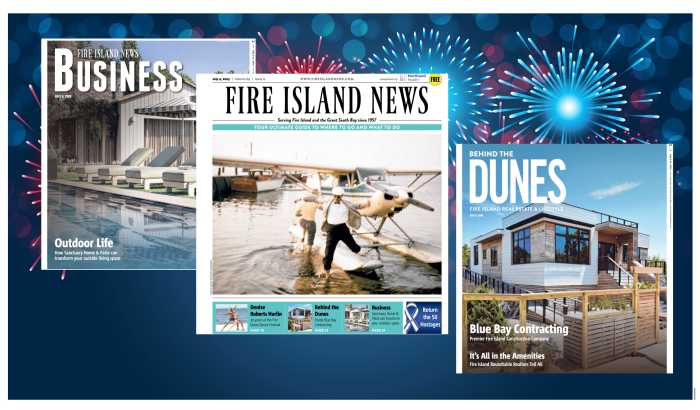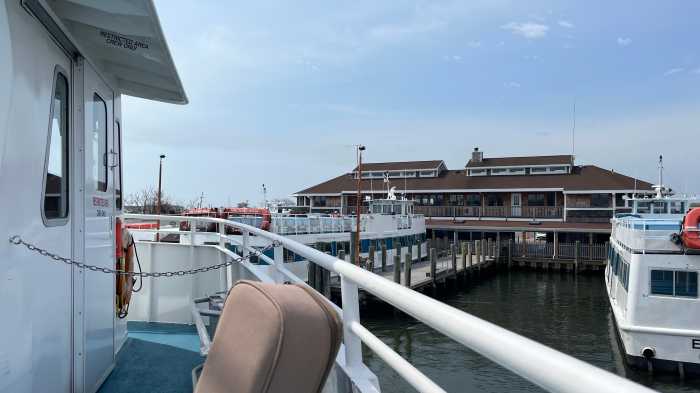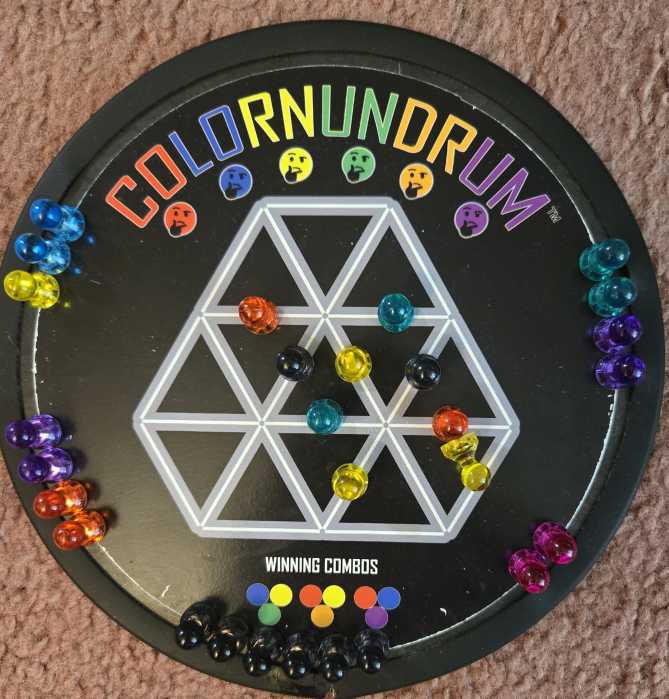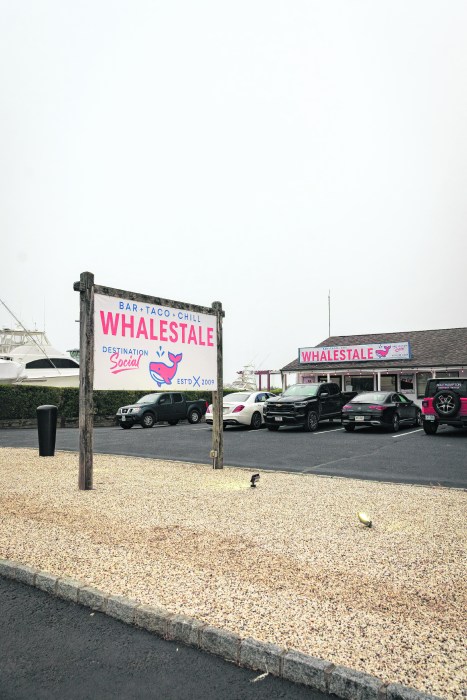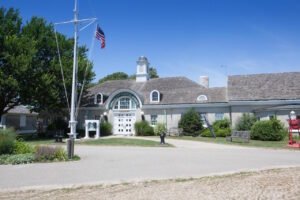
By Rebecca Hoey // Photos by Sean FitzthumSet on 14 acres of lush green public park grounds directly on the Great South Bay, there sits a little piece of Long Island heaven that has huge stories to tell, The Long Island Maritime Museum. Founded in 1966, the museum today offers families not only a place to visit, learn and explore our rich nautical history, it’s also a place where some find themselves reconnecting to their childhood. In addition, here you can find many special programs and exhibits that are a gateway to sustaining and improving our environment. Entering the museum’s main building my daughter and I were pleasantly greeted by another mother- daughter duo, Nancy Yurkerwich and Jessica Vecchione, who graciously introduced us to the museum’s special exhibits. “It’s a great place to step away for a while,” Yurkerwich said to me. Which is true – it’s one of those places that has so many things to catch your attention when you walk in, it’s easy to lose track of time while your there.Located in the north gallery is the newest exhibit at the museum, “Wrecks, Rescues, and Guiding Lights.” This interactive exhibit is highly engaging for all ages, but I’m pretty sure that the kiddos will especially love it as it includes video screens full of important maritime history information and, well yes, games! We personally could’ve stood there all day. Arlene Stephani, who has worked for the museum for 15 years, along with her colleague, Barbara Forde, who has dedicated 30 years to the museum, spent countless hours getting the above exhibit off the ground, and then running. Besides the astounding 250 shipwrecks they uncovered, Stephani applauds Forde on her researching skills that also uncovered “lighthouses, the lifesaving stations, and the lifesavers themselves.” While Stephani herself, “collected materials, edited and added info” throughout the process. As far as the documents they utilized for such a massive undertaking, Stephani said, “We always used primary source documents such as the USLSS annuals.” Yurkerwich and Vecchione especially love hearing stories from many of the folks that come to visit that make a clear connection to the maritime history that abodes at the museum. “We learn something new every time another visitor comes in.” One such a time, a lovely lady came in and saw the exhibit of the “Andrea Doria,” which you can view when first entering the museum. The guest emotionally recalled herself as a young girl wearing her white dress and fine shoes, almost identical to the young girl in the photo that is displayed.Vecchione pointed out the verdant gardens that fill many spaces on the grounds surrounding the museum are, “purposely filled with native species flowers,” important to keeping butterflies and bees not only happy, but coming back. Throughout the year, kids can be part of camp programs that incorporate arts and crafts specifically meant to help sustain these precious insects along with the rest of our fragile environment. Mary Sullivan and Erin Becker oversee these programs. Sullivan explains, “Even during the winter months we connect crafts to helping the environment during the warmer months,” as the kids created bee houses made from pieces of bamboo. They also just released a Monarch butterfly into the Long Island wildflowers near the museum. Last year the kids were able to witness the entire metamorphosis occur. She also invites all ages to come into the museum to ask how they can help butterflies flourish in their own gardens. In another program, “Story Time By the Bay,” that takes place during the cooler months, Becker reads aloud to younger children, along with creating a craft. The museum also offers events during the winter months for the adults as well, that have in the past been fireside in the stunning Elward Smith III library. Finally, Stephani pointed out the importance of visiting The William Rudolph Oyster House located on the park grounds while you are here, in order to learn about the history of oystering on Long Island. It seems that in doing this, we may have a better chance in helping these mollusks flourish in this area once again, while helping to restore the Great South Bay. The little but mighty house itself has gone through several serious renovations, including having to be completely rehabilitated after Sandy. There is no way to come away from this museum without a whole new perspective on maritime history, especially when it came to saving and enriching lives. Locals and out of town visitors alike should all make it a point to visit the Long Island Maritime Museum. It truly is a connection to the past that gives hope for the future. To learn more about the museum and all it has to offer, check out their website at www.limaritime.org.



